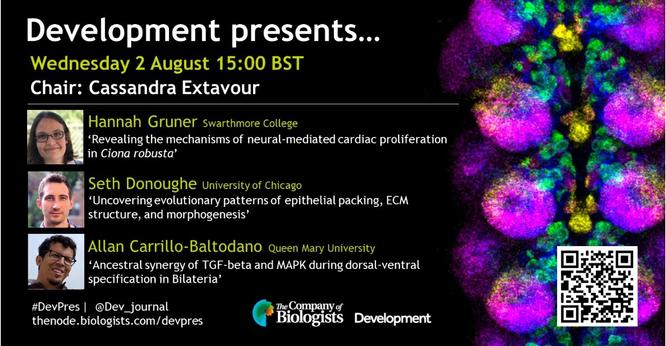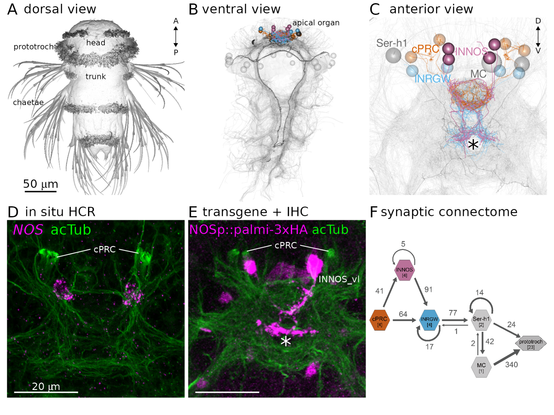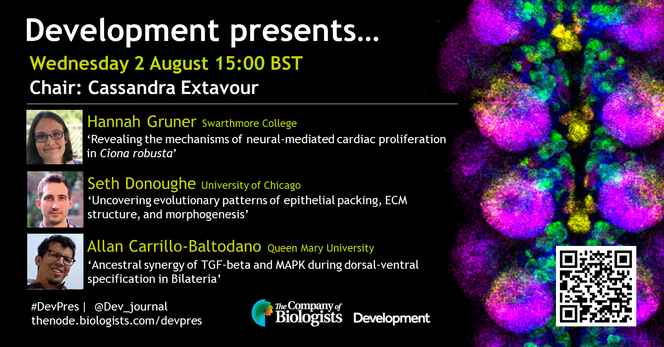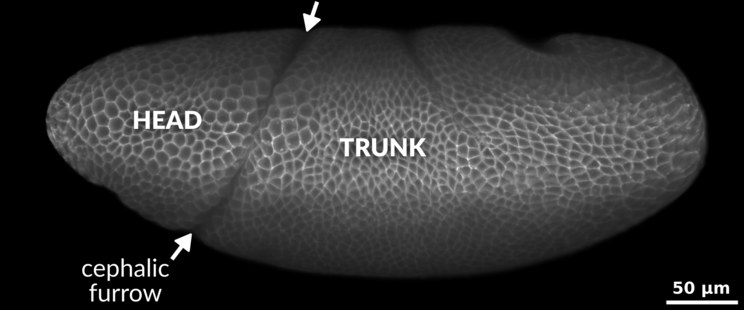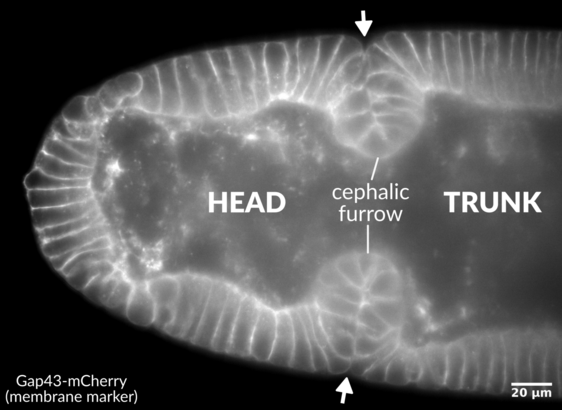Meet the lab of Chema Martín-Durán @Chema_MD, based at Queen Mary University of London, UK.
The lab studies segmented worms with spiral cleavage to understand how development is controlled and evolves to generate new phenotypes #EvoDevo
https://thenode.biologists.com/lab-meeting-with-the-martin-duran-lab/
